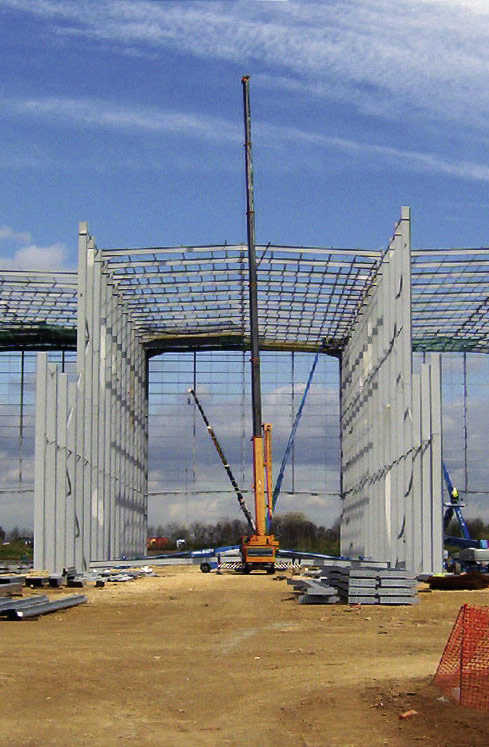News
President’s Column: March 2019
 With the 2019 Spring Statement due on 13 March, and the UK currently scheduled to exit the EU at the end of March, all eyes are on the UK economy this month. But what does this actually mean for the structural steelwork sector?
With the 2019 Spring Statement due on 13 March, and the UK currently scheduled to exit the EU at the end of March, all eyes are on the UK economy this month. But what does this actually mean for the structural steelwork sector?
Every year, Construction Markets undertakes what is believed to be the largest survey of its kind, surveying specifiers and analysing the responses against government data in order to calculate the current and future consumption of structural steelwork in the UK, and the market share of the key framing materials.
The most recent data has just been released, including forecasts to 2021, and as most of us would have expected, in 2018 the consumption of structural steelwork in the UK remained fairly flat at 895,000 tonnes. Overall, Construction Markets is forecasting more of the same in 2019 (up 0.5%) and then stronger growth overall in 2020 (up 2.3%) before a levelling off again in 2021. By 2021, the UK’s consumption of structural steelwork should have reached 920,000 tonnes.
But the interesting reading really comes when we delve into the details of some key sectors.
Thinking about government investment decisions over the last few years, nobody will be surprised that structural steelwork consumption in infrastructure has seen higher growth than buildings and has a more positive outlook. Steelwork consumption in power, bridges and other infrastructure grew 12% in 2018 and is projected to grow a further 16% in 2019 before the growth rate begins to ease. Having said that, in 2021 these sub-sectors combined will still only account for 23% of total UK structural steelwork consumption.
Structural steel has been able to take advantage in the growth of the industrial buildings market over the last 6 – 7 years because of its ability to create very large column-free spaces, its high strength-to-weight ratio and its future adaptability. And AECOM’s cost studies demonstrate that for an identical building steel is the cheaper framing material. After seeing 3% growth in 2018, structural steelwork consumption in industrial buildings is forecast to increase slightly in 2019 and then by almost 2% in 2020. By 2021, consumption of structural steelwork in this sub-sector will be 432,000 tonnes, accounting for 48% of all UK structural steelwork consumption.
A couple of years ago, BCSA (along with others) predicted a cyclical slowdown in the London offices market. This has come to bear and as a result, the consumption of structural steelwork in the offices sub-sector fell 15% in 2018 to 104,000 tonnes. Construction Markets are forecasting more of the same in 2019 (down 15% again), with slow growth in 2020 and 2021. Within this much slower market, however, steel has increased its market share to over 70%.
Whatever the future brings for the UK’s construction sector, having such a detailed insight into the structural steelwork market helps BCSA members understand future demand, plan their resourcing and ensure a sustainable business model.
Tim Outteridge
BCSA President & Sales Director Cleveland Bridge













